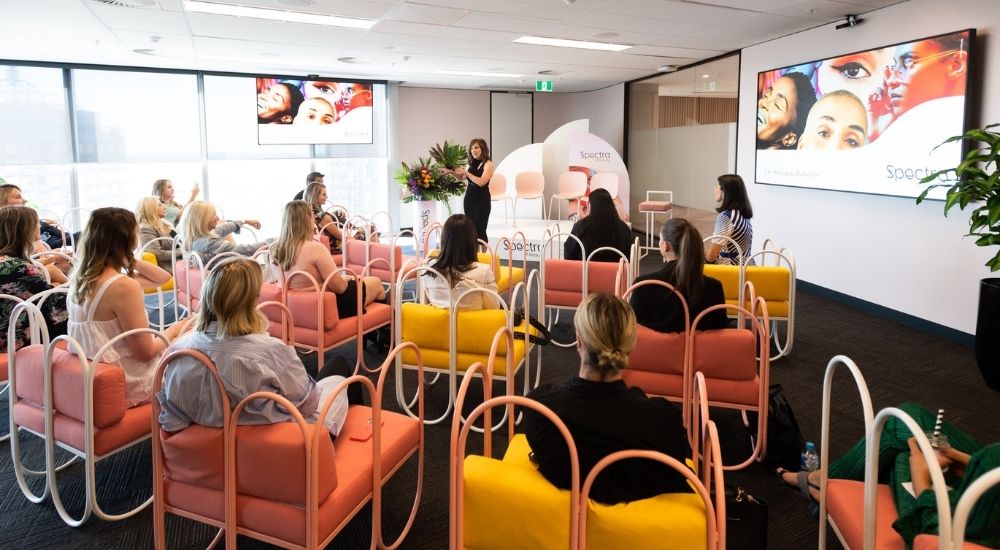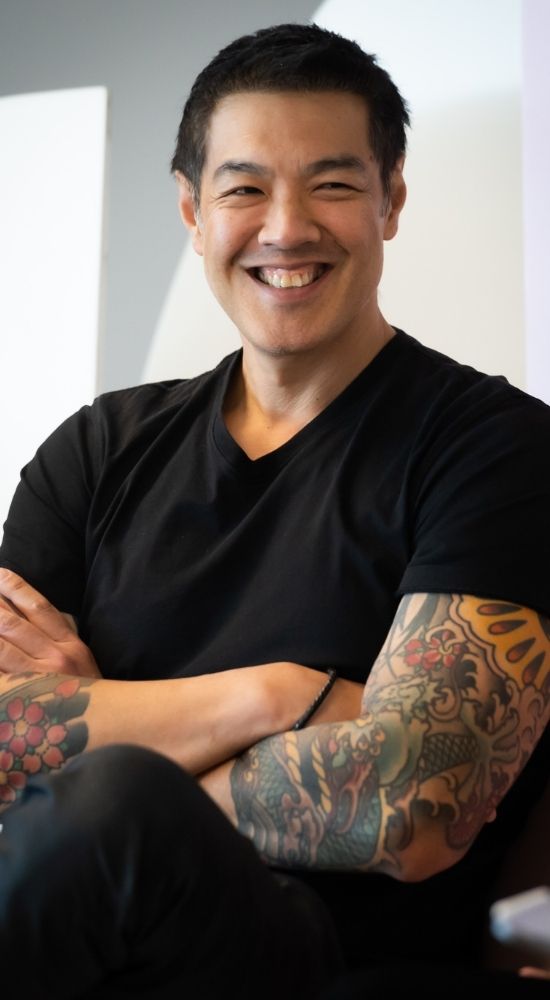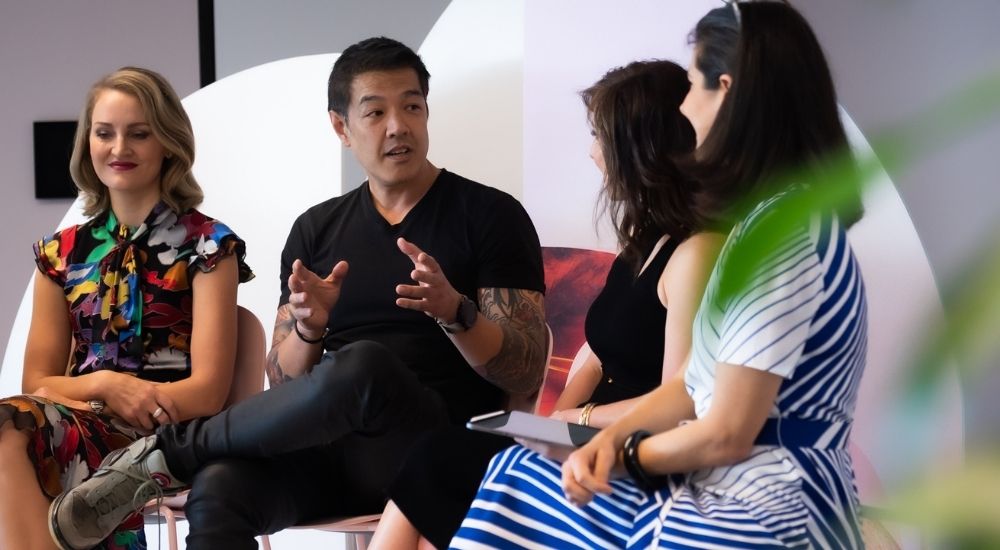The topics of diversity and inclusivity were at the forefront of Allergan Aesthetics’ Spectra of Beauty launch last week. Held at the company’s new AMI Centre of Excellence in Sydney, leading voices in the beauty and aesthetics space discussed the shift in public perception around ‘what is beauty’.
The event was hosted by Nathalie McNeill, Associate Vice President and General Manager ANZ, Allergan Aesthetics. It also featured a panel of experts who addressed personal and professional instances of diversity and provided feedback on the need to embrace individuals’ unique physical characteristics. Representatives from within the aesthetics space included Dr Davin Lim, Dr Cara McDonald and Dr Stefania Roberts, alongside digital content creator Ruchi Page.

The results of Allergan’s nationwide survey on beauty industry performance in the diversity space were also shared. The ‘Spectra of Beauty’ research commissioned by Allergan Aesthetics tapped into views of 2,250 adults on multiple dimensions of diversity representations in beauty. Some of the hero findings from this survey suggest Australians feel the industry is “performing at ‘C+’ grade level”. The survey quizzed the public on both external aspects of beauty, as well as how our personal approaches to beauty can help to convey who we are. A few outstanding statistics were also shared:
- Portrayals of gender, sexual orientation, ethnicity and age / generations, across marketing, media and social media, scored 6.3 out of 10 for overall diversity
- 4 out of 5 believe it is now more acceptable to ‘truly be yourself’ when it comes to beauty
- Positivity was strongest around gender inclusion, with 7 out of 10 respondents liking that the beauty industry features ‘a mix of gender styles’ with fluidity of masculine and feminine characteristics
- In addition, 7 out of 10 feel like their background and ethnicity are well represented
- Dimensions including sexual orientation, gender, cultural background and generational alignment, are particularly important to demonstrate – e.g., 45% of those surveyed aim to convey their sexual orientation through their look, and 31% embrace the beauty standards of their culture.
Professional Beauty spoke to Dr Davin Lim following the event:

Davin, I understand you’ve had a rich history studying and training abroad in aesthetic dermatology. Are you able to summarise the key skin issues you managed in each of the regions in which you’ve worked, namely the UK, the US and Asia? And how do those issues face up to those you’ve addressed in Australia?
“The prevalence of skin conditions or disorders varies with ethnicity and race. In the UK and Ireland one of the most common conditions seen by dermatologists is rosacea. In contrast, for Asian countries, the most common skin condition is pigmentation. I do believe that specialist training in various different countries enables the physician to be better rounded to manage skin conditions in multicultural societies such as in Australia and the United States.”
For Allergan’s Spectra of Beauty 2022 event, you spoke on the importance of recognising diversity in the industry. In what ways do you believe the industry can seek to improve in this area?
“Data. Data driven research is integral to understanding the wants and needs of clients. Based upon the data, clinicians should take on board how we should change and adopt new strategies based upon our patients or clients expectations. The industry should also work with key influencers to better understand the mindset of different age groups, ethnicities and gender orientation.”
Have the concerns of clients coming to you changed in the last five years when it comes to their skin needs? If so, in what ways?
“The surge in social media, in particular the ease of access to an almost unlimited plethora of information and misinformation has transformed the dialogue of a ‘normal’ dermatological consultation. Patients today are more educated in comparison to patients five to ten years ago. In general they are more focused on their goals, often having researched therapies and topicals. This can optimize the consultation process if information is correct, or conversely hamper the consult if their premeditated diagnosis or treatment plan is not aligned.
I believe that it is important for dermatologists, physicians, aestheticians and skincare professionals to provide accurate information that is readily available and digestible to the public. Though we provide a small ‘drop’ in the ever increasing pond of information, it is an important one.”
Read the current issue of our digital magazine here:
- For more news and updates, subscribe to our weekly newsletter
- Follow us on Instagram
- Like us on Facebook
- Join Australia’s largest network of beauty industry professionals on LinkedIn
- Subscribe to our print magazine
Have an idea for a story or want to see a topic covered on our site and in our pages? Get in touch at info@professionalbeauty.com.au.

